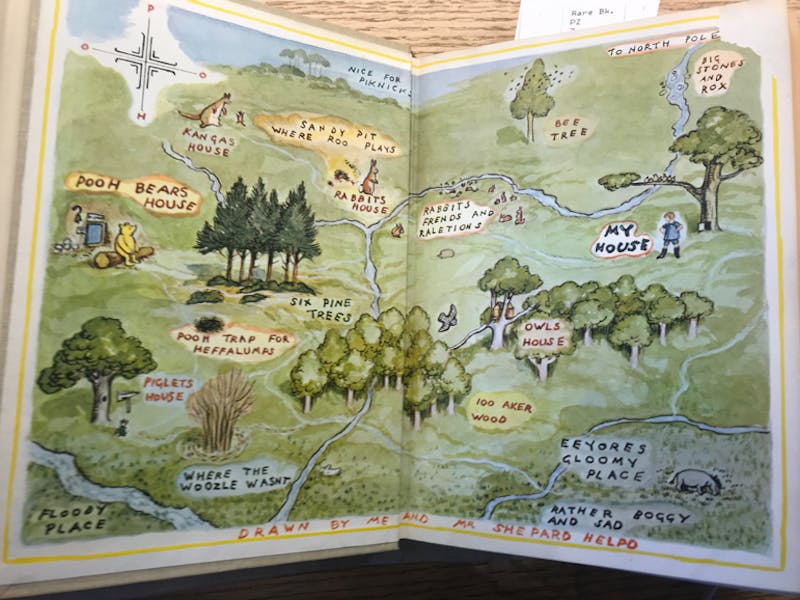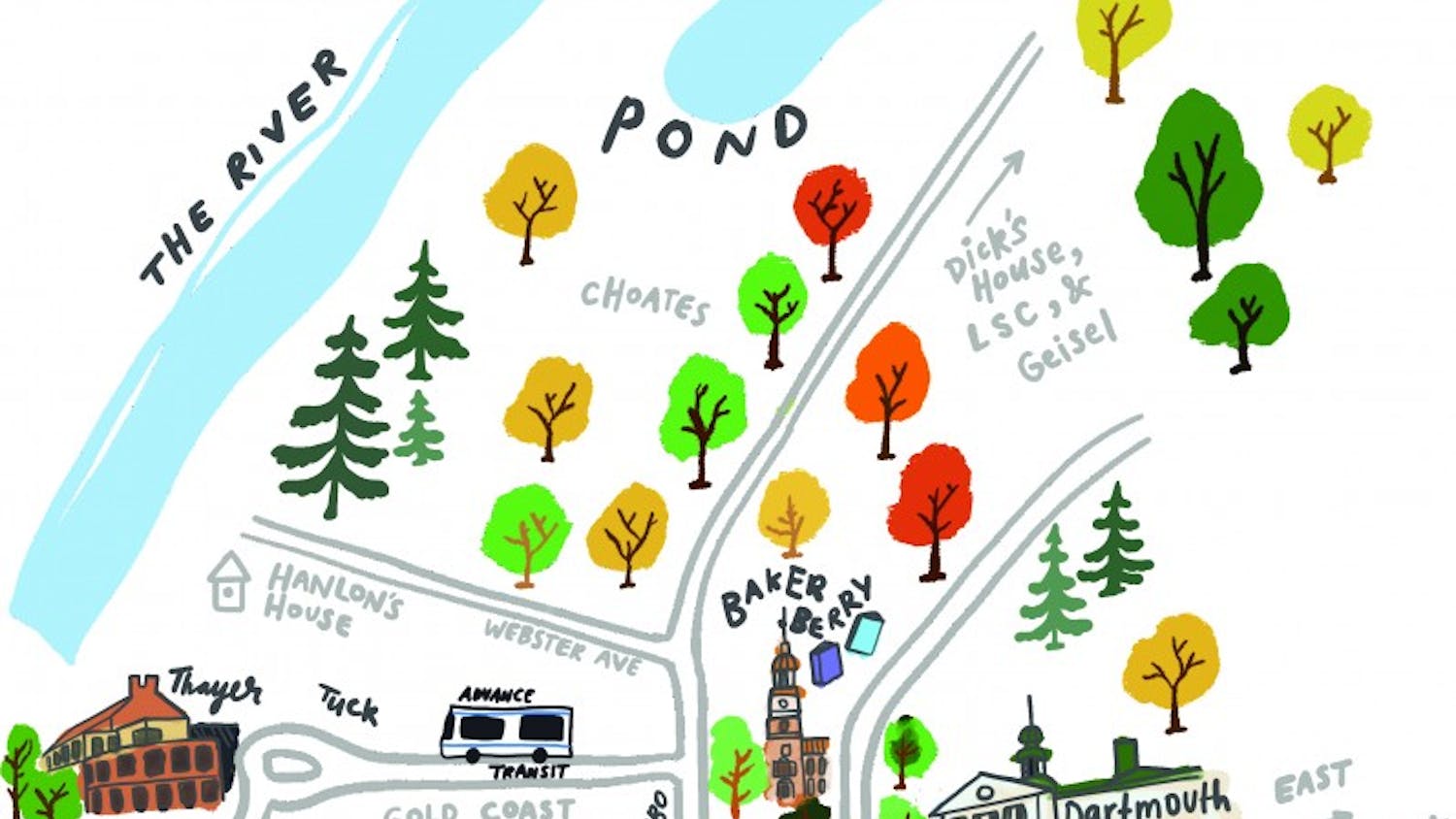If there were a treasure map of Dartmouth College, then the X would certainly mark the spot of Rauner Library — a treasure trove with historical riches abound. Rauner Library boasts not only well-known collections such as William Shakespeare’s First Folio or a first edition of “The Book of Mormon,” but also holds a plethora of ancient manuscripts, artifacts, visuals and first-edition books.
While some treasure-seeking students might visit Rauner daily, many hidden gems still await discovery. Even things that at first look boring and uninteresting may turn out to be someone’s buried treasure. This week, join the Mirror and learn more about some of these hidden Rauner treasures — all aboard!
When thinking of treasure maps, what’s the first thing that comes to mind? Pirates and their treasure chests, of course! According to legend, some pirates buried their treasure chests in order to avoid officials or other pirates seizing their secret riches. While it’s unfortunate that actual treasure chests are rarely, if ever, found by ordinary people, not all hope is gone — after all, there’s a grain of truth in every fiction.
So, for our first stop, get ready to be enchanted by Howard Pyle’s “Book of Pirates,” published in 1921. In this book, eight stories of pirates are cleverly told in a captivating manner, with colorful illustrations dispersed throughout. The storytelling techniques and drama-comedic plotlines evoke a sentiment of heroic romanticism, accompanied by a spirit of fun and adventures. The book allows readers to not only be immersed in the exciting world of pirates, but also to see the merits and faults of humanity. The story “Tom Chist and the Treasure Box” is particularly fascinating because it shows the classic scene of pirates counting steps from the sea to accurately bury their treasure chest. All in all, this book of eight tales captures the deep fascination people hold for pirates.

Our next hidden treasure uncovered is the “Atlas of the Voyage around the World” by Adam J. von Krusenstern. Although it does not include the entire world, this Russian atlas offers an intriguing account from the Age of Exploration. It focuses on a captain and his crew’s journey to Japan, Eastern Russia and several Pacific Islands. Krusenstern documents the landscapes of the region by hand-drawing them, contributing to a feeling of vastness and expansiveness and capturing a seemingly never-ending landscape where the sea meets the land and sky. The atlas also records species that they encountered along the way: birds, mammals, fish, shellfish, jellyfish and much more. Furthermore, the atlas also documents the local people and cultures the crew encountered, depicting in detail the way the people dress, their unusual equipment and so forth. One can imagine the excitement and fascination of the explorers when they charted these unfamiliar territories. (Side note: because the colorful atlas is comprised mostly of illustrations, it doesn’t matter that it’s written in Russian.)
One more hidden gem is the “Handbook of Practical Cookery.” This small, delicate book is truly delightful. It’s so tiny and delicate I could definitely mistake it as an ingredient! As tiny as it is, its words are printed clearly, and it holds a considerable amount of information on the art of cooking from 1906 London. It introduces a wide assortment of cooking recipes, ranging from sweet pastries to savory entrées. The beginning of the book even features a section called the “Philosophy on Cookery!” To all the foodies and culinary artists out there, this book is certainly worth being dug up.

The next hidden treasure under the spotlight may delight those of us who enjoy the aesthetics of plants: Thomas Moore’s book “The Ferns of Great Britiain and Ireland.” As the title suggests, this book offers a realistic botanical account of ferns in the region of Great Britain and Ireland in 1855. The book utilizes a mechanism called “Nature Printing” that turns real ferns into beautiful illustrations, which make up half of the book. In effect, the book is a collection of real fern plants compressed into paper, transferred to each page with colors as vibrant as when the plants were alive.
Next, by traveling millennia back in time, we encounter the oldest item in the library’s collection: the clay tablets with Babylonian inscriptions. This item is perhaps not so hidden from those who frequent Rauner, but others might not be aware that the library actually boasts such a treasure from almost 4,000 years ago. Indeed, the three tablets are from a bygone era, each engraved by hand. Touching these tablets and holding them in your hands creates a mysterious sensation, both humbling and inspiring. The tablets are truly a treasure like no other.
Last but not least: “The World of Pooh: The Complete Winnie the Pooh and the House at Pooh Corner” by A. A. Milne and illustrated by E. H. Shepard. “Winnie the Pooh” has always been a childhood favorite of mine, and it is simply amazing to find the original edition of the book in Rauner. By now, it’s clear that the library holds a great deal of original editions of cherished books in its collection. Flipping through the pages, I can’t help but recall wistful childhood memories.
There ends our brief adventure to uncover some of the hidden treasures in Rauner Library. However, there is still so much to be explored! If you are intrigued by today’s selection and are craving to see more, don’t hesitate to begin your own treasure hunt. Only then can you discover which hidden treasures await.


